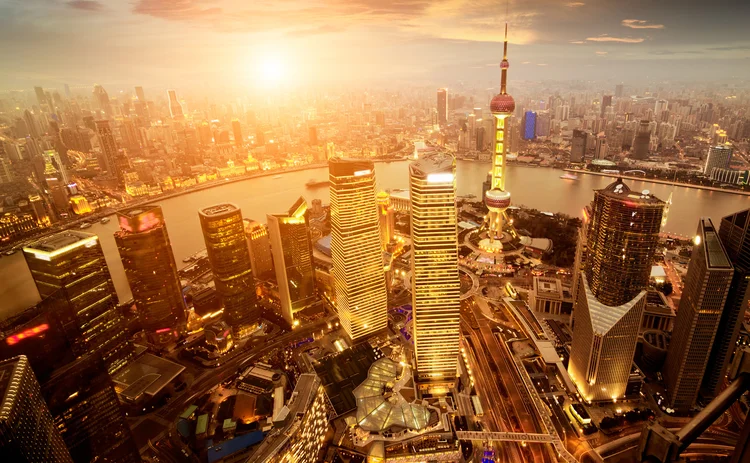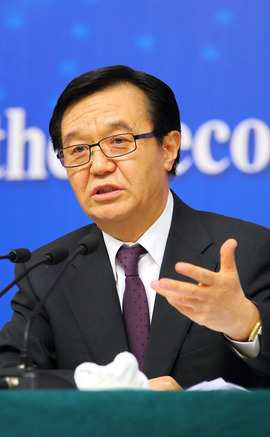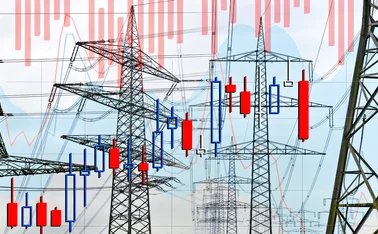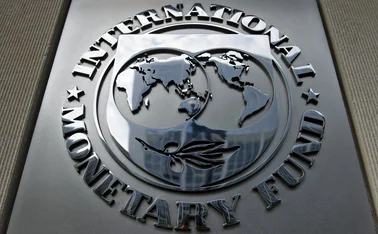
China's growth: a complex trading picture
China’s minister of commerce reveals four opportunities from the Chinese market's development

In 2015, the world economy as a whole was rather weak, with divergence across major economies' development and a sharp drop in commodity prices. Similar to the two preceding years, the growth rate of global trade volume was again lower than that of the global economy, meaning that has now been the case for three consecutive years – unprecedented during the past three decades.
It was also a tough and complex year for China's trade. China's total foreign trade volume was $3.95 trillion, a year-on-year decrease of 8%. The export volume was $2.27 trillion, a drop of 2.8%, whereas the import volume was $1.68 trillion, down by 14%.
Despite the overall decline, there are several highlights to reflect on. China is the largest trading nation and the biggest exporter in the world. It has the largest online retail revenue of physical commodities and the second largest total retail sales of consumer goods.
The country's trade structure has also evolved. High-end manufacturing products account for a much greater proportion of exports. The export of large-sized complete sets of equipment increased by 10%, among which the export of rail transit, aerospace engineering and capital-intensive commodities all increased by 15% and the export of rolling stock increased by 30%. Communication equipment has been exported to more than 140 countries around the globe. Electric power equipment has entered into the middle- and high-end market in Europe. The export of railway equipment has covered six continents. According to the Asian Development Bank,1 China's share in the export of high-end technology products in Asia rose from 9.4% in 2000 to 43.7% in 2014.
Notable progress has also been made in two-way investment. China achieved something near parity for the first time in 2014, while foreign investment attracted to China reached new highs in 2015. China's outbound investment has risen consecutively for 13 years, with the total amount exceeding $1 trillion.
As a result of the China-Republic of Korea and China-Australia free-trade agreements, tariffs have been lowered for the second time. Moreover, steady progress has been made in negotiations to promote bilateral investment between China and the US, and between China and Europe.
In 2015 the Shanghai Free-Trade Zone was expanded, while three other free-trade zones were established in Tianjin, Fujian and Guangdong provinces. They have adopted the ‘negative list' approach and the practice of pre-establishment national treatment. The zones have also implemented the single-window international trade system, a credit system for the third-party inspection and verification of institutions, and other trade facilitation measures.
To open and assist innovation in the financial system, the free-trade zones have adopted measures such as setting up free-trade accounts and steadily improving capital account convertibility, as well as supervisory measures both during and after necessary procedures. High-end industries such as financial leasing, scientific and technological research and development, venture capital investment, e-commerce and modern logistics are, significantly, forming clusters in the pilot free-trade zones.
Foreign capital still favours China
 Gao Hucheng
Gao Hucheng
Foreign investment has made great contributions to China's reform, opening up and modernisation, while enabling foreign enterprises to gain a generous return from China's development and construction. In recent years, some parties have said China's investment environment is no longer friendly and that foreigners have started to lose confidence in China. But foreign investment still favours China. While global transnational direct investment dropped by 8% in 2014, China bucked the trend by utilising the largest amount of foreign investment in the world. Meanwhile, industries that have utilised foreign capital have significantly improved their industrial and regional structures.
The supply-side of China's economic factors has changed significantly. In the past, China was relatively abundant in land and labour resources and thus had more room to utilise foreign investment. Nowadays, investment in traditional industries is relatively saturated, so extensive foreign investment in land development is no longer feasible. In the context of the ‘new normal', the Chinese government will be more active in using foreign capital and will focus more on creating the soft environment, including elements such as laws, institutions and policies.
Future policies will focus on three aspects. First, further widening the thresholds of market access for foreign investment. The focus will be on expanding the service sector and opening the general manufacturing industry, and also easing the industrial limitations and joint venture cooperation requirement. This will be the biggest modification of the catalogue for guidance of foreign investment industries in history.
Second is improving the foreign investment regulation system. Under a new registration system, all joint ventures will be put on file but the authorisation process will be simplified and streamlined. Furthermore, the management of supervision both during and after necessary procedures will be strengthened. The safety review mechanism for foreign investment will be improved with greater standardisation and transparency.
Third is achieving the integration and combination of the current three laws into one, as well as the adoption of the pre-establishment national treatment and ‘negative list' management. And, based on the ‘negative list', the restrictions on the market access in the service sector for foreign investment will be further relaxed. The ultimate goal is to create a more stable, transparent and predictable legal environment for all kinds of market entities.
Four development opportunities
There are four central opportunities that will arise in the course of the Chinese market's development. One entails establishing a unified market access system and gradually implementing the practice of ‘negative list' management. The government will make a list of industries and businesses that are prohibited and limited from entering certain sectors, and all market entities will have fair and legal accesses to the areas that are not listed. By promoting this practice, the government wants to significantly narrow its scope of conducting examination and authorisation procedures, reduce discretion and establish a fair market access environment. This requires the government to create business and development opportunities for all kinds of market entities, including foreign enterprises.
There will also be opportunities for business innovation. As information technology has penetrated production and daily life, different kinds of industries have become integrated. Miniaturised manufacturing, digitalised circulation and individualised consumption have become new features of the industrial organisation. Online trading has expanded from daily necessities to products such as fresh food, medicine, vehicles and properties, as well as to financial industries and cultural and creative fields. China's business model is undergoing profound changes. China encourages enterprises from all countries to participate in this innovation, as well as competition between different business models, which will ultimately develop together with the Chinese market.
Another set of opportunities relates to further opening the service industry. In the future, China will cultivate consumption growth: promoting pension and domestic service consumption; enlarging consumption of information; promoting tourism, leisure consumption and green consumption; stabilising housing consumption; and enlarging education, culture and sports consumption. In all these aspects, foreign investment will be of great use.
Finally, there are opportunities for imports. China is the largest trading partner of 120 countries and regions in the world, and also one of the top three largest trading partners of 15 countries in the G20, importing commodities of more than $2 trillion on average per year. With continuous improvement of living standards, demand from Chinese citizens for imported high-end commodities will grow. At present, consumer goods account for less than 7% of China's total imports. The figure for developed and even some developing countries lies between 15% and 20%. During the Thirteenth Five-Year Plan period, China's consumption structure will evolve further. The potential to import consumer goods will be further fulfilled, so more foreign enterprises will benefit from China's consumer markets.
Notes
1. http://www.adb.org/sites/default/files/publication/177205/asian-economic-integration-report-2015.pdf
Only users who have a paid subscription or are part of a corporate subscription are able to print or copy content.
To access these options, along with all other subscription benefits, please contact info@centralbanking.com or view our subscription options here: http://subscriptions.centralbanking.com/subscribe
You are currently unable to print this content. Please contact info@centralbanking.com to find out more.
You are currently unable to copy this content. Please contact info@centralbanking.com to find out more.
Copyright Infopro Digital Limited. All rights reserved.
You may share this content using our article tools. Printing this content is for the sole use of the Authorised User (named subscriber), as outlined in our terms and conditions - https://www.infopro-insight.com/terms-conditions/insight-subscriptions/
If you would like to purchase additional rights please email info@centralbanking.com
Copyright Infopro Digital Limited. All rights reserved.
You may share this content using our article tools. Copying this content is for the sole use of the Authorised User (named subscriber), as outlined in our terms and conditions - https://www.infopro-insight.com/terms-conditions/insight-subscriptions/
If you would like to purchase additional rights please email info@centralbanking.com








